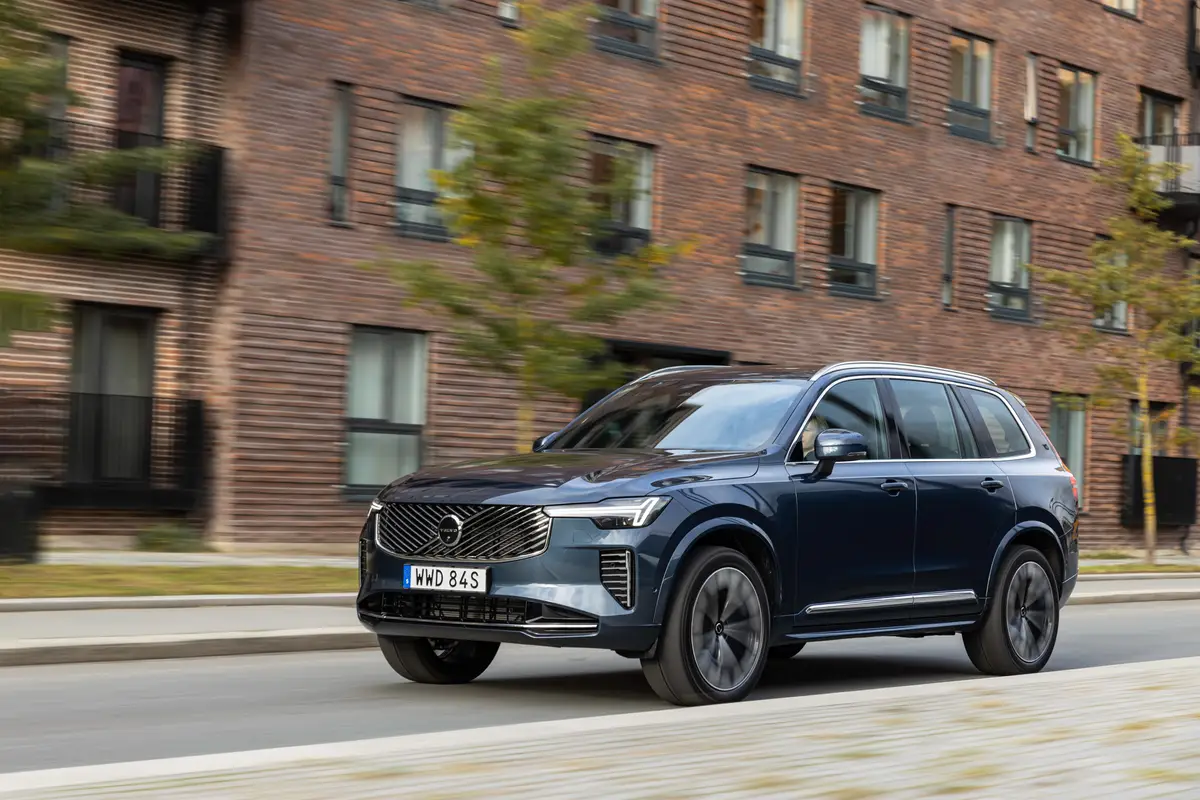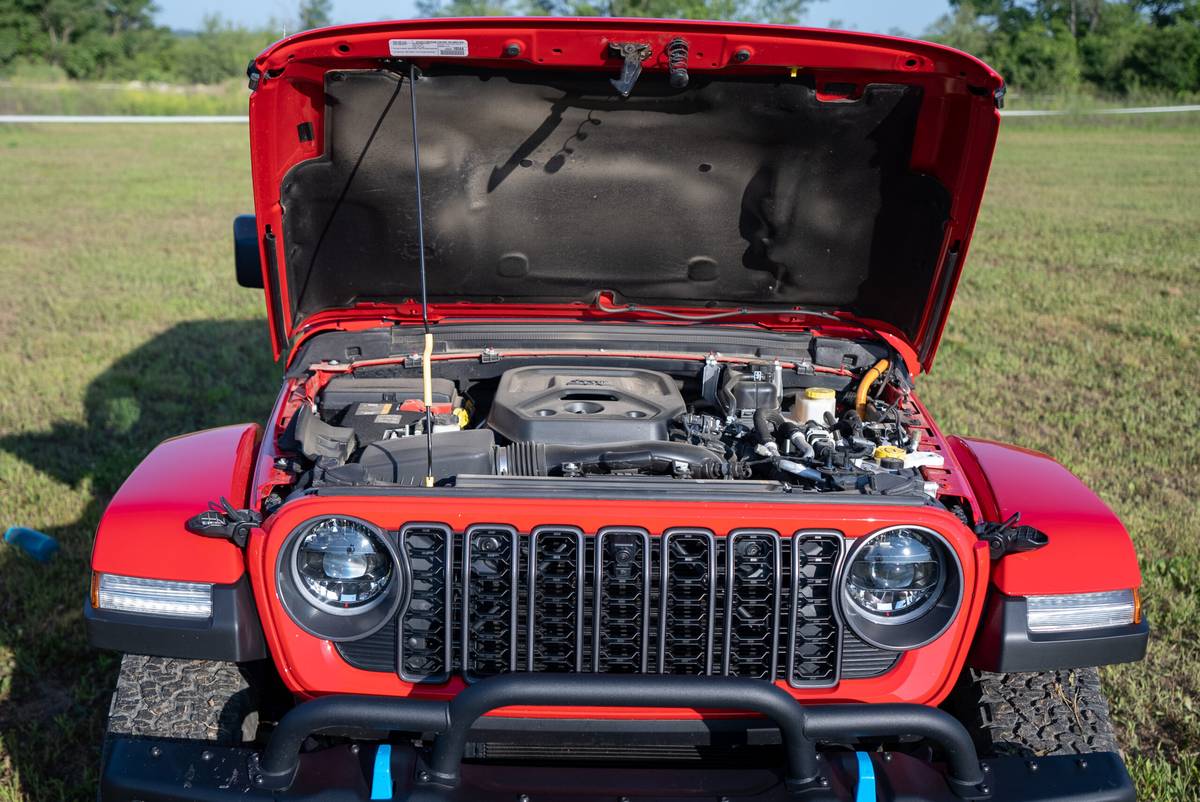Cincinnati.com's view
There’s one thing to be said for Saturns – you don’t have to worry about being outmoded too soon.
The car that started it all for the General Motors offshoot was the S-Series, introduced in 1990 and just now heading into retirement – for most cars, that would be at least a couple of generations late.
Its replacement is the ION, hereinafter written as caps and lowercase, lest we seem to be shouting – there’s not much to shout about. Granted, this is the company’s entry-level offering, aimed at luring buyers away from such competitors as the Honda Civic, Toyota Corolla/Matrix and Ford Focus.
There’s only one way that aspiration makes any sense, and that’s what is unique about Saturn: the dealership experience.
From the beginning, Saturn has posted a no-haggle price and taken a revolutionary approach to the auto-selling process: treat customers with respect. It has worked well for Saturn – they have remarkably high return-buyership rates. It’s a pity the two-pronged sales stratagem was not seen as worthy of emulation by other vendors.
Conceptually, Saturn the car has many things going for it, but in the final analysis, it just doesn’t add up.
The sedan is the first to hit the market, to be followed shortly by the clever “quad coupe,” which combines sportier looks with a soupcon of practicality by having two rear semi-doors that are hinged at the rear. They don’t have door handles, so they allow buyers to maximize the vehicle’s utility while at the same minimizing the dork factor associated by the young and limber with the geriatric (i.e., over 40) set.
The Ion, in GM’s corporate vision, is meant to appeal to folks who otherwise would have been drawn to imports, but the age levels are a bit higher than one would infer from the “leaving childhood” commercials now running.
GM thinks the typical Ion sedan buyer will be 40 years old with a $50,000 income, while the quad coupe is supposed to seduce folks about 5 years younger, but with the same disposable income. The product planners expect 35 percent of their customers to be buying their first new car.
They won’t card anybody, of course, so they might pick up some first-time buyers out on the left side of the demographic curve. To make it easy for them, Saturn has set the price of its most basic Ion at $11,995, including freight.
For that, you get all four wheels standard, as well as the same engine and transmission that come standard with the two up-market grades.
You do NOT get air conditioning (a $960 option), nor do you get antilock brakes, traction control or even floor mats. But you do get a four-speaker AM-FM stereo, power steering and brakes, and – cue the applause track – side air bags front and rear in addition to the federally-mandated pair up front.
Not bad at all, even if you grant the presumption that climatic conditions will mandate adding the air in most venues – it’s still a $13,000 set of wheels, and, a factor that plays both ways depending on audience, it’s made in America right down yonder at Spring Hill, Tenn. In keeping with its simplistic approach, Saturn refers to the Ion trim levels as 1, 2 and 3. The one I tested, a level 3, starts at $15,495 with five-speed manual transmission. Mine had the five-speed automatic and started at $16,395.
At that level, they throw in performance tires on 16-inch alloy wheels vs. the 14-inch steel rims of level 1; color-keyed bumpers; air; power door locks with lockout protection; remote keyless entry; power windows and mirrors; cruise control; rear defroster; a cassette deck addition to the basic stereo; automatic headlamps; tilt wheel and oil life monitor. What you do not get – and here we cue the tsk, tsk track – is antilock brakes and traction control, available as a $400 options package. Plus they still nick you 80 bucks for front and rear floor mats.
As alluded above, whichever series you choose you get the same engine, a 2.2-liter four-banger with double-overhead cams and 16 valves. This is a modern GM product, with aluminum block and head, that they call the Ecotec.
I’ve seen it before, and it’s a ratty as ever. During even modest exertion it’s raspy and unpleasant-sounding, and under full throttle sounds thrashy. Despite the elastic engine mounts, it transmits quite a bit of shake at idle.
It produces 140 hp at 5,800 rpm and 145 foot-pounds of torque at 4,400. Despite its 10:1 compression ratio, it’s quite content with 87-octane juice.
With its sub-2,800-pound curb weight, it just barely breaks 10 seconds in the 0-60 dash, and that’s with a bit of jiggery-pokery. Adequate, but uninspired, which as I’ve noted before, isn’t necessarily a bad thing in a kid car, but for grownups . . .
The automatic transmission was a surprise in two respects: Who’d expect a five-speed in an economy car, and who’d expect it to be so bad?
The unit was indecisive and hard to use. There are three forward positions: Drive, Intermediate and Low. Those seemed to correspond to fifth, 4th+3rd, and 2nd+1st. There was virtually no compression braking when moving from Drive to I, and if one moved the lever to Low, an abrupt downshift to first was likely to be encountered.
It’s great to have five forward ratios with an engine whose power comes in a limited range, but make mine manual. Oh, well, as long as the target audience doesn’t confuse this with any kind of fun machine . . .
The coupe will be available with a continuously-variable automatic. Can’t be any worse, although I’m still a little uncomfortable about the lack of real-world experience with that tricky mechanism, no matter who makes it.
EPA numbers are 24 mpg city, 32 highway. I measured 27.7, driving as energetically as I dared. The transmission’s brain is obviously biased toward economy, with fifth actually being a straight-through gearset, offset by a long-striding 2.60:1 final drive ratio.
The Ion has not yet been crash-tested by the feds or the insurance folks. Its maker claims its space-frame design will give it survivability beyond what might otherwise be expected in a compact.
The body panels, in Saturn tradition, are compliant plastic, as is the covering of the 5-mph front and rear bumpers. That should save a bit of dough over the long haul, to say nothing of the trauma associated with those parking-lot dings.
The Ion’s steering is electrically-assisted. It’s too fast and too light for my taste and doesn’t communicate much to the driver about the action below. Handling overall was fairly good for the class.
Ride quality was only fair, I thought, considering the rather ex tensive (for a compact) 103.2-inch wheelbase. The shocks and springs didn’t seem to have it together over moderately distressed roadway, and when the going got rough, so did the ride.
Cabin noise level was excessive, mostly deriving from the engine/exhaust but evincing overall a basic lack of sound-deadening materials. Conversation would be strained at freeway speeds.
The brakes are the same on all three series, discs front, drums rear. Pedal feel was a bit grabby, but not dangerously so. Stopping distances were reasonable, I thought, even in simulated panic arrests from 70 mph.
Saturn places the instrument pod in the center of the dash, admitting that it’s more of a talking point than an engineering decision, although also noting the obvious: the gauges can’t be hidden by the steering wheel.
Overall fit and finish were good, but not up to Japanese standards, and the interior materials had a cheap, non-durable look and feel. The competitors have proven it need not be thus.
Latest news



